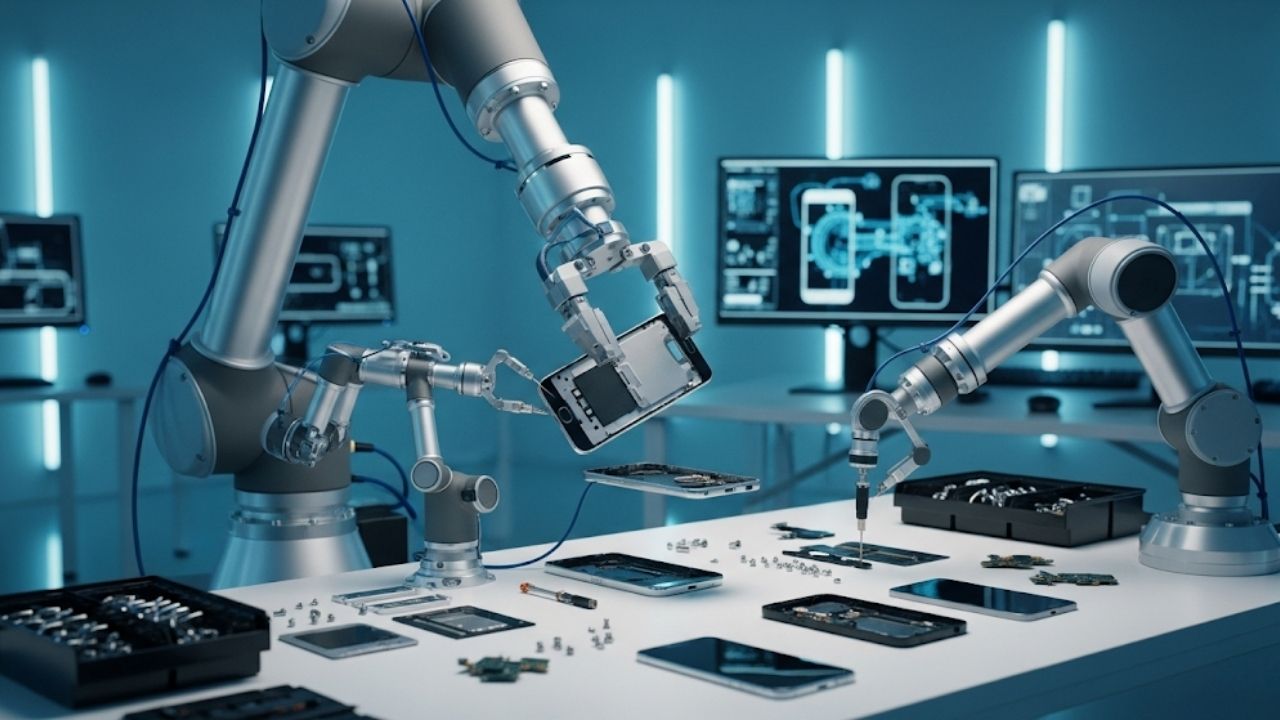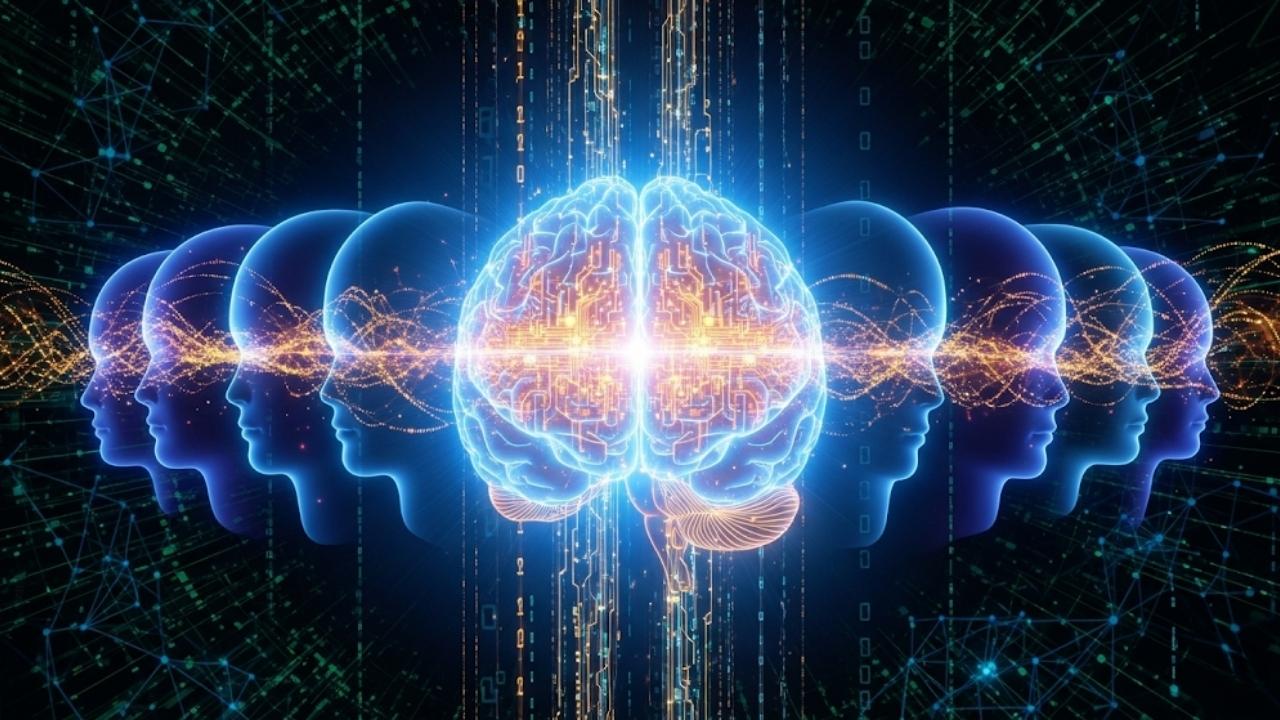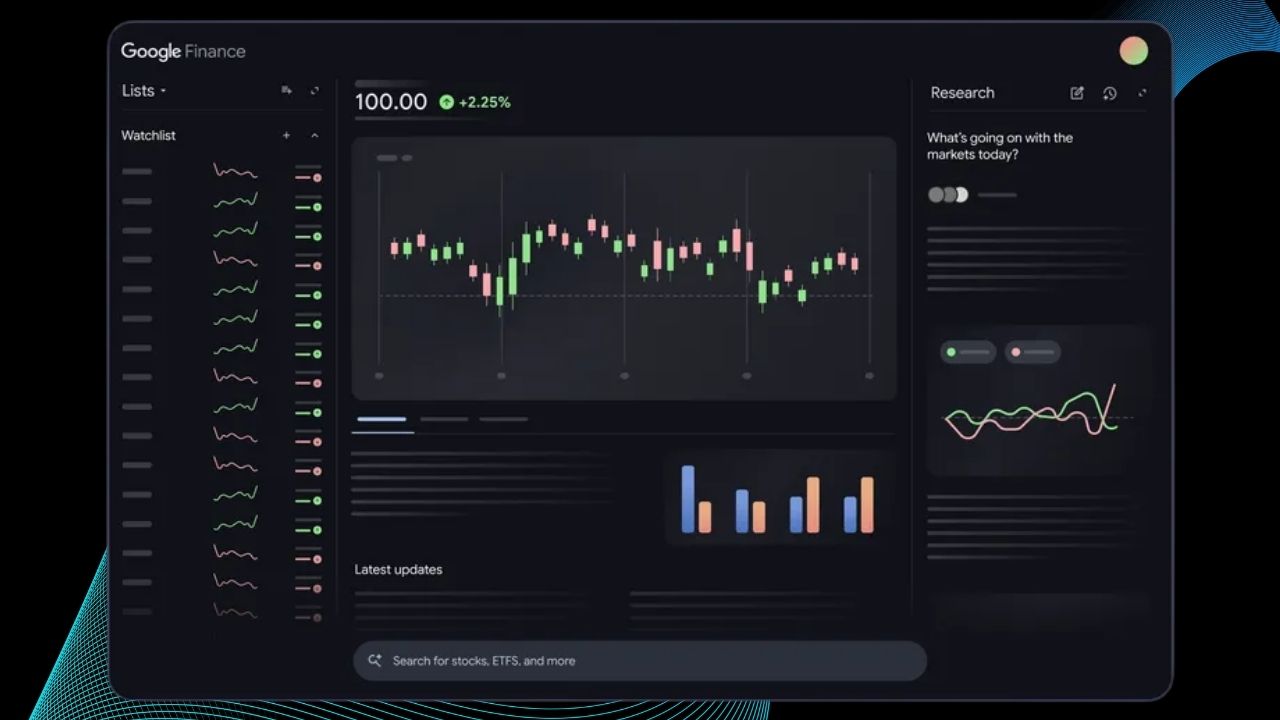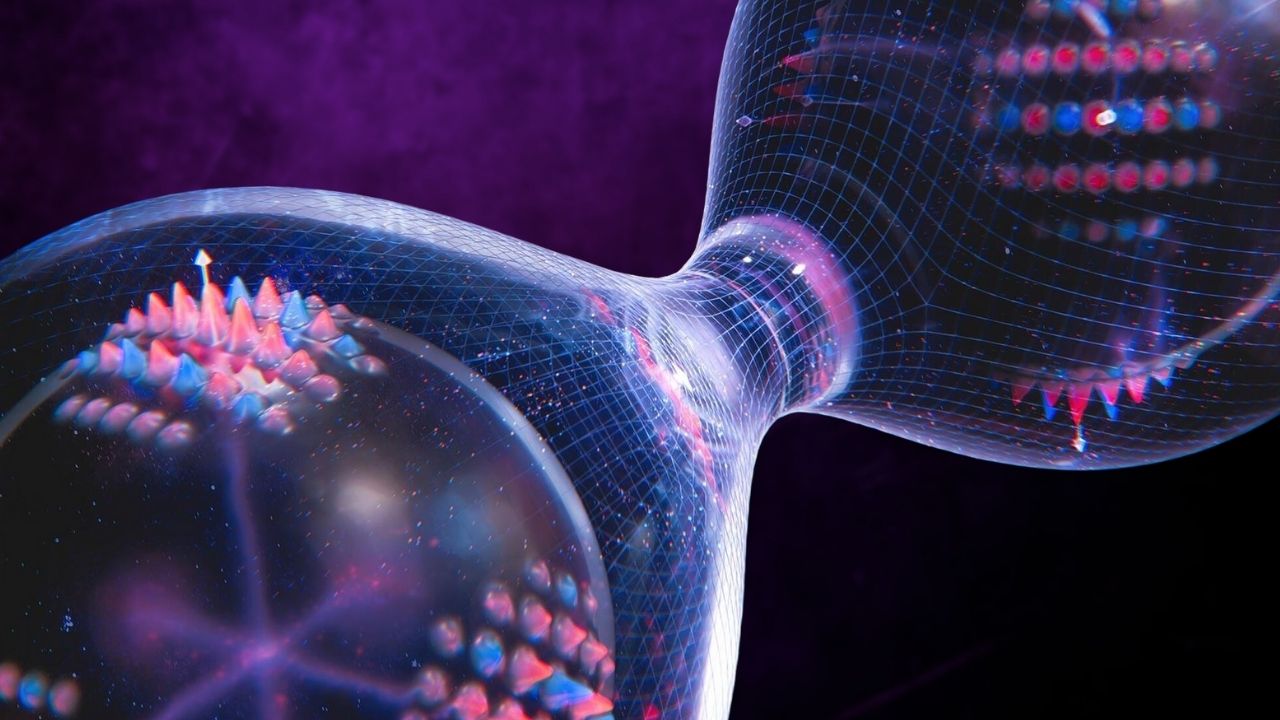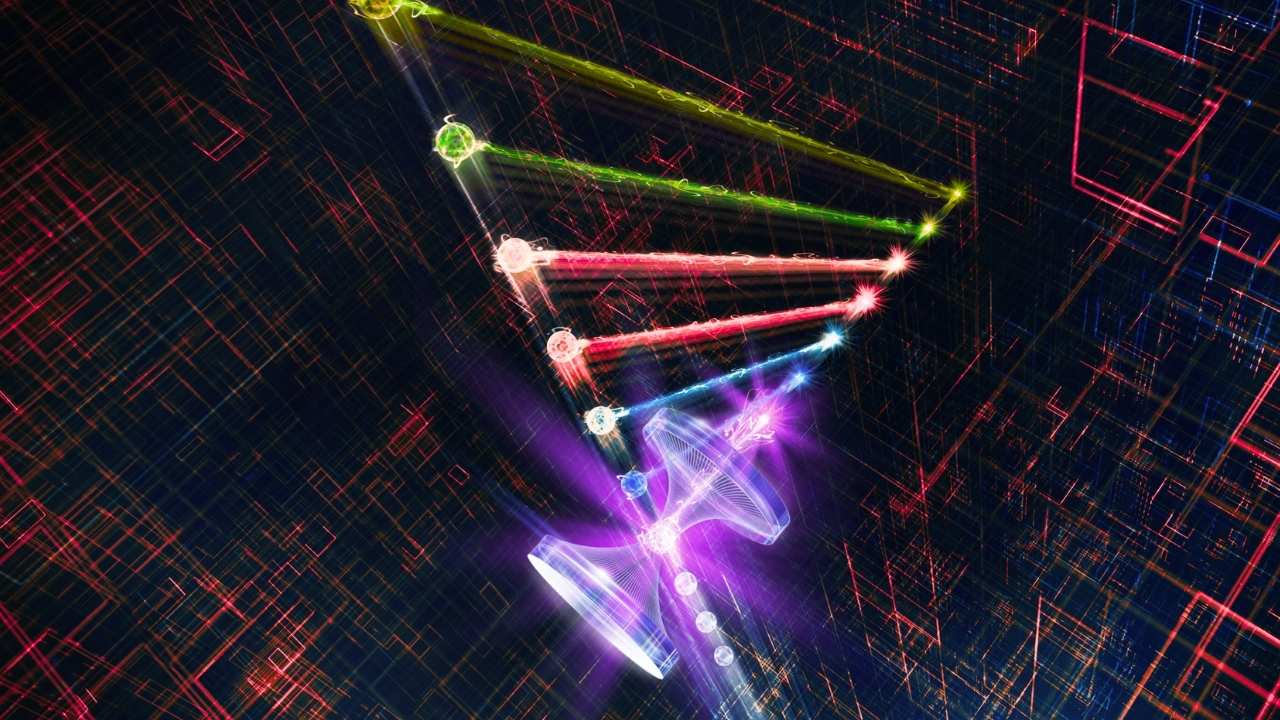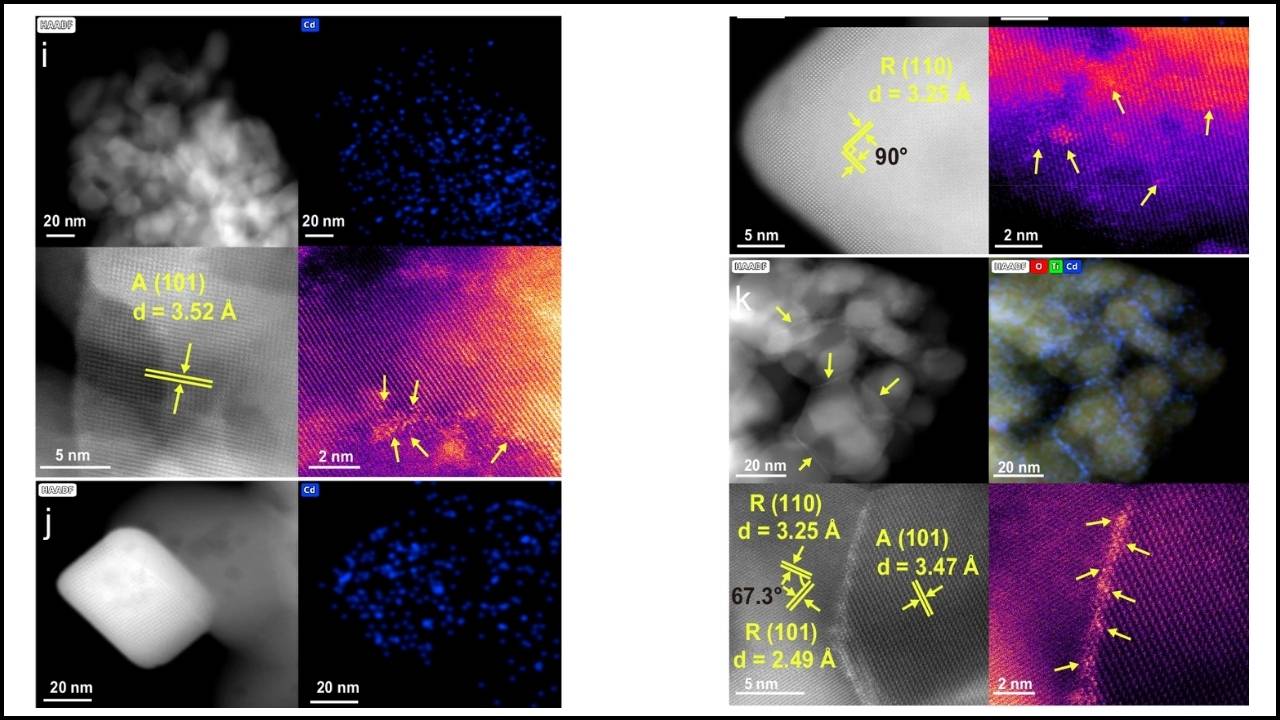Oxford Scientists Make One-in-6.7-Million Quantum: Quantum computing is often called the next big revolution in technology, with the potential to solve problems that are far beyond the reach of today’s most powerful supercomputers. In a major leap forward, scientists at the University of Oxford have achieved a world record in quantum computing precision, registering just one error in 6.7 million operations. This breakthrough could transform the future of computing, making quantum computers more reliable, practical, and closer to everyday use.
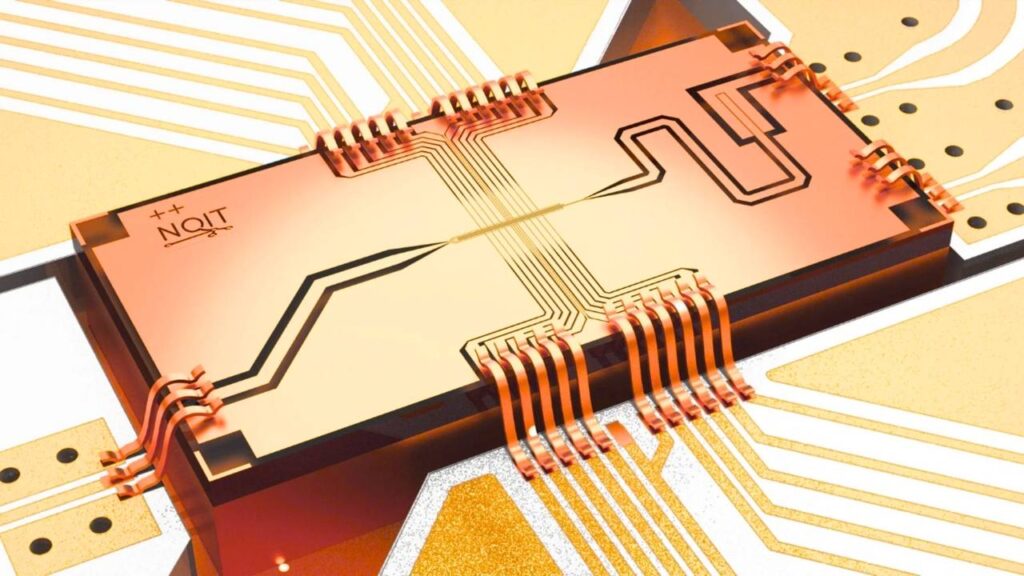
But what does this achievement really mean? How does it work, and why is it so important? Whether you’re a student, a professional, or just someone curious about the future, this article will explain the breakthrough in simple terms, while providing the depth and accuracy that experts expect. Let’s explore the science, the technology, and the real-world impact of this quantum leap.
Oxford Scientists Make One-in-6.7-Million Quantum
| Aspect | Details |
|---|---|
| Breakthrough | 1 error in 6.7 million quantum operations (world record) |
| Technology Used | Trapped calcium ion qubits, controlled by microwaves |
| Significance | Nearly 10x better than the previous record; reduces need for error correction |
| Potential Impact | Smaller, faster, and more affordable quantum computers; boosts reliability and scalability |
| Official Source | Oxford University Physics – Quantum Research |
The Oxford scientists’ one-in-6.7-million quantum breakthrough is a landmark achievement, setting a new global standard for quantum computing precision. By dramatically reducing error rates, this innovation brings us closer to practical, scalable quantum computers that could revolutionize everything from medicine to artificial intelligence, logistics, and cybersecurity.
Whether you’re a student, a professional, or just curious about the future, now is the perfect time to learn about quantum computing. The technology is advancing fast—and the next big discovery could be just around the corner.
What Is Quantum Computing? (And Why Is It So Special?)
Quantum computing is a new way of processing information that uses the strange and powerful rules of quantum mechanics—the science that explains how things work at the tiniest scales, like atoms and particles.
How Is Quantum Computing Different from Classical Computing?
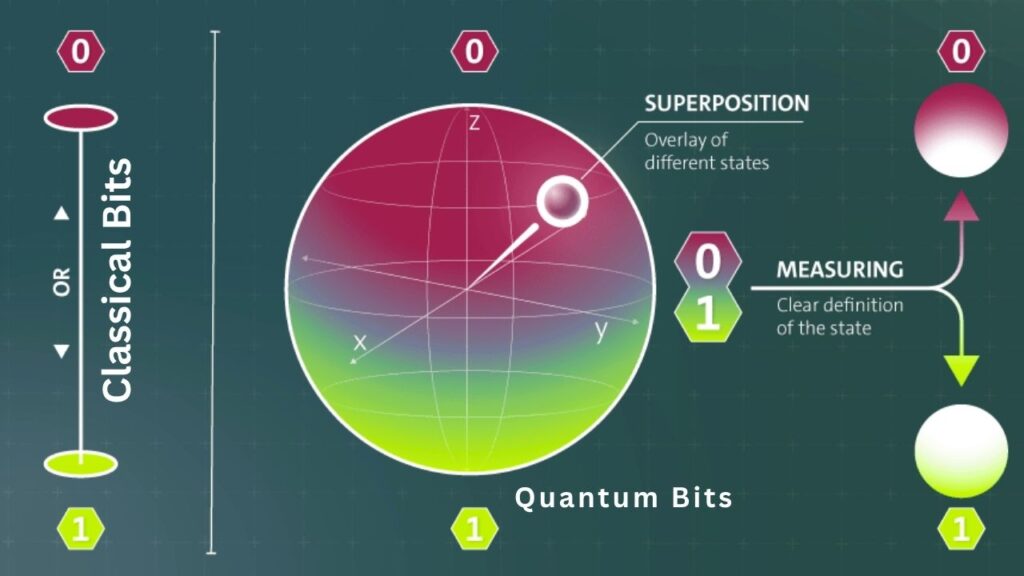
- Classical computers use bits, which are like tiny switches that can be either 0 or 1.
- Quantum computers use qubits (quantum bits), which can be 0, 1, or both at the same time—a property called superposition.
- Qubits can also be entangled, meaning the state of one qubit can instantly affect another, even if they’re far apart.
Imagine a coin spinning in the air. While spinning, it’s not just heads or tails—it’s both at once. That’s superposition!
Why Does This Matter?
Because qubits can do so many things at once, quantum computers can process enormous amounts of information very quickly. Problems that would take a classical computer millions of years could, in theory, be solved in seconds by a quantum computer.
The Oxford Quantum Breakthrough Explained
What Did the Oxford Scientists Achieve?
- Record-Setting Precision: The Oxford team performed 6.7 million quantum operations with only one error—a level of precision never before achieved in quantum computing.
- How Did They Do It? They used a single trapped calcium ion as a qubit, controlled by microwave signals instead of lasers. This approach is more stable, cost-effective, and works at room temperature.
Why Is This a Big Deal?
- Quantum computers are extremely sensitive. Even the tiniest disturbance—from heat, light, or radiation—can cause errors (called decoherence).
- Error rates have been a huge barrier. To make quantum computers useful, they must be incredibly precise, or else their answers can’t be trusted.
- Oxford’s achievement slashes the error rate to just 0.000015%. That’s nearly ten times better than the previous world record.
To put it in perspective: a quantum operation is now less likely to fail than a person is to be struck by lightning in a year!
How Quantum Computing Works: The Basics
The Core Principles
Superposition
A qubit can be in a state of 0, 1, or both at once. This allows quantum computers to process many possibilities at the same time.
Entanglement
Two or more qubits can be linked so that the state of one instantly affects the state of the others, no matter how far apart they are.

Quantum Gates
These are like the “instructions” for quantum computers, manipulating qubits to perform calculations. Quantum gates are reversible and can create superpositions and entanglement.
Decoherence
This is when a qubit loses its quantum state due to outside interference. Keeping qubits stable is one of the biggest challenges in quantum computing.
Why This Breakthrough Matters for the Future
Practical Benefits
- Reduces Error Correction Needs: Quantum computers have always needed lots of extra “helper” qubits to check and fix errors. With fewer errors, we need fewer helpers, making quantum computers smaller and more affordable.
- Enables Larger, More Powerful Quantum Computers: Lower error rates mean we can build bigger quantum computers that can tackle real-world problems, from drug discovery to climate modeling.
- Room-Temperature Operation: Using microwaves instead of lasers means the technology is more robust and easier to scale up.
Real-World Applications
Medicine
Quantum computers could help design new drugs by simulating molecules in ways classical computers can’t. For example, understanding how proteins fold or how molecules interact at the quantum level could lead to faster, more effective drug discovery.
Finance
They could optimize investment portfolios, detect fraud, and model financial markets. Quantum algorithms can analyze complex data sets and identify patterns that are invisible to traditional computers.
Logistics
Quantum algorithms could find the most efficient routes for delivery trucks or airplanes, saving time and fuel. This could revolutionize supply chains and transportation networks.
Artificial Intelligence
Quantum computing could supercharge machine learning, helping AI systems learn faster and more efficiently. This could lead to smarter robots, better voice assistants, and more accurate predictions in fields like weather forecasting.
Cybersecurity
Quantum computers could eventually break some of the encryption methods we use today, but they could also enable new, ultra-secure ways to protect information through quantum encryption.
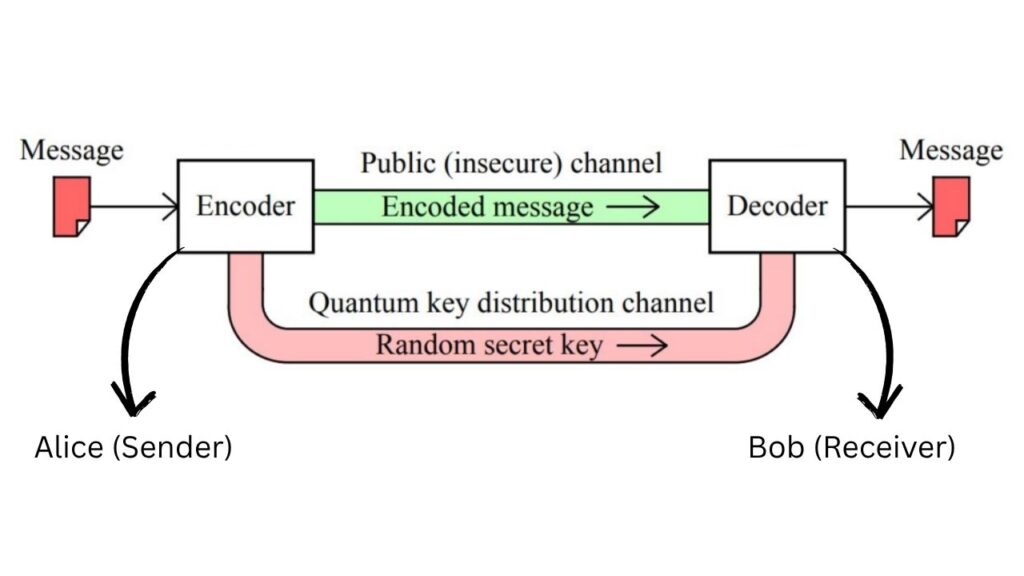
The Science Behind the Breakthrough: A Closer Look
Trapped Ion Qubits
The Oxford team used a trapped calcium ion as their qubit. Trapped ion systems are one of the leading approaches in quantum computing because they offer high precision and long coherence times (the time a qubit stays in its quantum state).
- How It Works: A single calcium ion is held in place by electromagnetic fields in a vacuum chamber. Its quantum state can be manipulated using electromagnetic waves.
- Why Microwaves? Traditionally, lasers are used to control trapped ions, but lasers are expensive, complex, and can introduce errors. Microwaves are cheaper, easier to control, and allow for room-temperature operation, making the system more practical for scaling up.
Error Correction and Fault Tolerance
In quantum computing, error correction is vital. Even tiny errors can ruin a calculation. The Oxford breakthrough means that fewer “helper” qubits are needed for error correction, making it easier to build larger, more powerful quantum computers.
- Threshold for Fault-Tolerant Quantum Computing: Scientists believe that if error rates can be pushed below a certain threshold (often cited as around 1 error in 10,000 operations), then practical, large-scale quantum computers become possible. Oxford’s result is far below this threshold for single-qubit operations.
Remaining Challenges
While the Oxford team achieved a record for single-qubit operations, building a full-scale quantum computer requires extremely low error rates for two-qubit gates (operations involving two qubits at once). Two-qubit gates are more complex and currently have higher error rates, but progress is being made steadily.

How Can You Prepare for a Quantum Future?
For Students and Curious Minds
- Learn the Basics: Understanding quantum mechanics and computer science is a great start. Many universities and online platforms offer free courses for beginners.
- Practice Coding: Try out quantum programming languages like Qiskit or Cirq, which let you experiment with real quantum computers online.
- Stay Curious: Quantum computing is still young. New discoveries are happening all the time!
For Professionals and Businesses
- Follow the Industry: Stay updated with breakthroughs from leading quantum research centers and companies.
- Explore Partnerships: Many companies offer cloud-based quantum computing platforms for experimentation and development.
- Upskill Your Team: Encourage training in quantum algorithms, cryptography, and related fields. Understanding the basics now could give you a head start as the technology matures.
For Policymakers and Educators
- Support Research and Education: Investing in quantum research and education will help prepare the next generation of scientists and engineers.
- Promote Collaboration: Quantum computing is a global effort. Collaboration between universities, governments, and industry is key to accelerating progress.
Tiny Nanopore Sensor Promises Faster, Cheaper, and More Accurate DNA Sequencing for Everyone
New Discovery in Atomic Physics Could Unlock Powerful Quantum Behaviors in Ultra-Cold Matter
IBM Expands Quantum Computing Footprint With Major Launch of Quantum Computer in Japan
FAQs About Oxford Scientists Make One-in-6.7-Million Quantum
What is the difference between a bit and a qubit?
A bit can be 0 or 1. A qubit can be 0, 1, or both at once (superposition), and can be entangled with other qubits for even more power.
Why are quantum computers so sensitive to errors?
Qubits are easily disturbed by their environment (heat, light, radiation), which can cause them to lose their quantum state—a problem called decoherence.
How does Oxford’s breakthrough help?
By achieving an error rate of just one in 6.7 million operations, Oxford’s method makes quantum computers much more reliable and practical for real-world use.
Are quantum computers available today?
Early quantum computers exist, but they are mostly used for research. Commercial, large-scale quantum computers are still in development.

